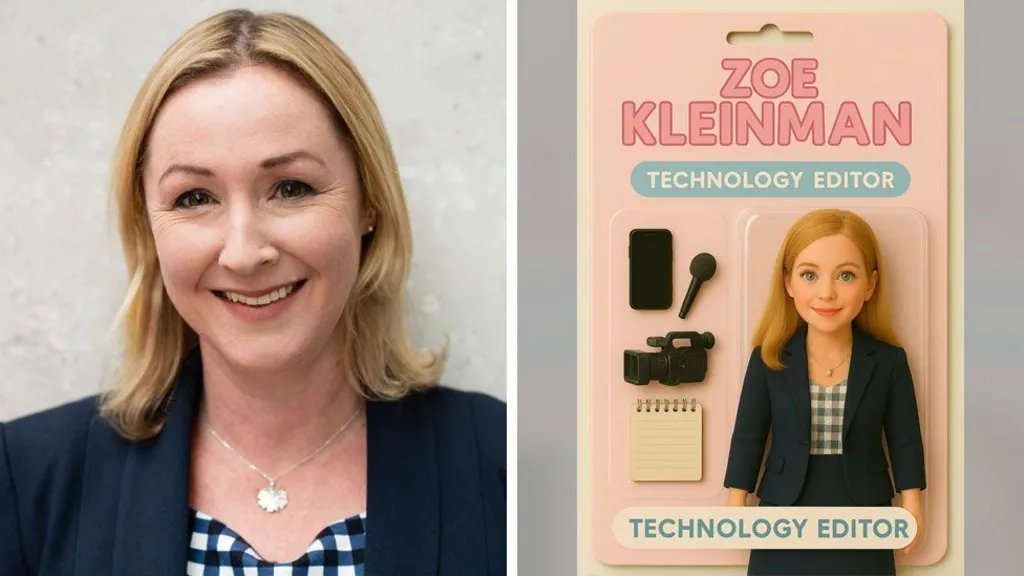
Everyone’s jumping on the AI doll trend, turning themselves into miniature action figures using tools like ChatGPT and Copilot. Brands and influencers are all over it, creating ‘mini-me’ avatars for social media. But hold on, is this seemingly innocent trend hiding a darker side? Some experts are urging caution, pointing to the significant energy and data consumption associated with AI.
How does it work? Simple: upload a selfie to an AI tool, add written prompts describing your desired doll appearance (accessories, packaging, etc.), and let the AI generate your mini-me. Personalize it with your name, job, and clothing. While amusing mistakes are common, the underlying AI technology can also make assumptions about how you ‘should’ look. Brands like Mario Badescu and Royal Mail have joined in.
What’s the appeal? Trends are fleeting, but the fear of missing out drives participation. Generative AI makes it quick and easy to create content and hop on trends, says Jasmine Enberg, principal social media analyst at eMarketer. The ease of content creation might paradoxically lead to quicker user fatigue.
Big concerns? It’s not all fun and games. Professor Gina Neff of Queen Mary University London warns that ChatGPT is “burning through energy,” with data centers consuming massive amounts of electricity. Lance Ulanoff, US editor of TechRadar, quips, “Every time we create one of these AI memes, it kills a tree.” The environmental cost of AI content generation is a serious consideration.
Furthermore, there are concerns about copyrighted data being used to train AI models without proper compensation. “ChatGPT Barbie represents a triple threat to our privacy, our culture and our planet,” Ms Neff states. Jo Bromilow, director of social and influencer at PR and creative agency MSL UK, questions whether the “cute, funny result” is worth the cost, emphasizing the need for “guardrails” around AI usage.
BBC technology editor Zoe Kleinman tested the trend, finding it time-consuming to perfect her AI doll. She noted the process’s computational demands and questioned whether the resources used could have been better allocated. The AI also struggled with specific details like eye color and initially flagged her job title due to BBC content policies. Despite the imperfections, the process raised concerns about the environmental impact of seemingly trivial AI applications.